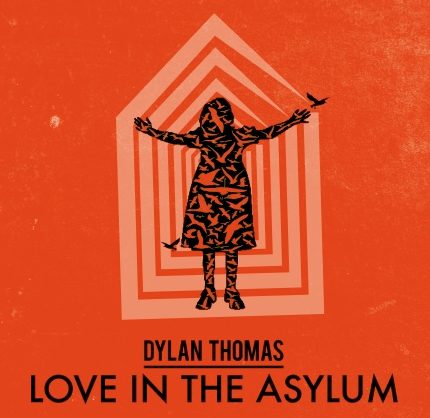Context: Dorothy Parker is an American poet, critic, storywriter, and screenwriter, a known celebrity in her life. She had written many screenplays which received awards. She had written many poems which were published as collection in books. Her first book was published in 1923, which was a bestseller. In this poem, Dorothy has written a beautiful poem on separation, sadness and blues in this poem, Little Words. She says that there is a sadness that envelopes the surrounding, as winter approaches and this tears her down at her heart. She is trying to show the difficulty that she is facing to express her feelings and view, and she is trying hard to shape them into words, so that the readers would understand what she is feeling or is going through. Go through the summary of little words here.
The poet gives imagery of characteristics of winter, where there is a cold running around in the environment, and there is no sign of life. These imagery helps her to express how she feels, and what is there inside her heart. The symbols of nature that she has used in the poem as a metaphor, are symbolic to sadness, gloominess, and depression in literature. Not even a leaf is there on the branches, and not a single bird is singing on any tree. The poet is unable to bear this feeling, and she wants people to know. The only way she could tell or express anything is by narrowing her feelings down to the words, where she carves her feelings in human language, and help the readers understand what she has been going through and what she feels. The title “Little Words” is symbolic to the small words that the poet choses which could help her to express herself to the world, and show what go in her heart.
Rhyming Scheme and Structure: Dorothy Parker has followed a particular rhyming scheme in the entire poem, which is a b a b. For example:
I cannot conjure loveliness, to drown-a
The bitter woe that racks my cords apart.-b
The weary pen that sets my sorrow down-a
Feeds at my heart.-b
This kind of rhyming scheme is seen in almost all of her poems. The poet has also used punctuation marks for the pauses and stops in the poem. This helps the poet to understand where to stop and where to put more emphasis. This helps the poet to channelize her thoughts and expressions and the reader to understand them. Punctuation marks prove to be a boon when it comes to poems, as it helps to set the lyrical touch of them.
The poet has broken the lines in each stanza with a rhyming word in places where she wanted to capture a fragment of emotion. The length of the sentences and from where it starts and where it ends helps to capture an emotion and a fragment of the expression in the poem, or in that stanza. It is very important for a poet to know where to start and from where to stop.
Theme of Little Words: The theme of the poem is solitude, blues, death, sadness, nature, and imagery. The poet has used the shift in nature as the cruel phenomena of death, and has expressed her feelings through beautiful metaphors of nature and its beauty. Dorothy Parker has used the characteristics of nature to express her grief and solitude. The poet says that she has tried to jot down her feelings in words; because that’s the only way she could express her feelings to other people. Little words are the only things which could help her express her thoughts.
Deep Meaning of Little Words: The deep meaning of this poem is that the poet is left with the feeling of grief at the loss of her dear one, which she is unable to contain in her heart. She is describing this sadness through winter and its characteristics. The poet is trying to tell that she is trying to narrow her feelings down to small words, which could help her explain what she is going through and what does she feel.
Some online learning platforms provide certifications, while others are designed to simply grow your skills in your personal and professional life. Including Masterclass and Coursera, here are our recommendations for the best online learning platforms you can sign up for today.
The 7 Best Online Learning Platforms of 2022
- Best Overall: Coursera
- Best for Niche Topics: Udemy
- Best for Creative Fields: Skillshare
- Best for Celebrity Lessons: MasterClass
- Best for STEM: EdX
- Best for Career Building: Udacity
- Best for Data Learning: Pluralsight










